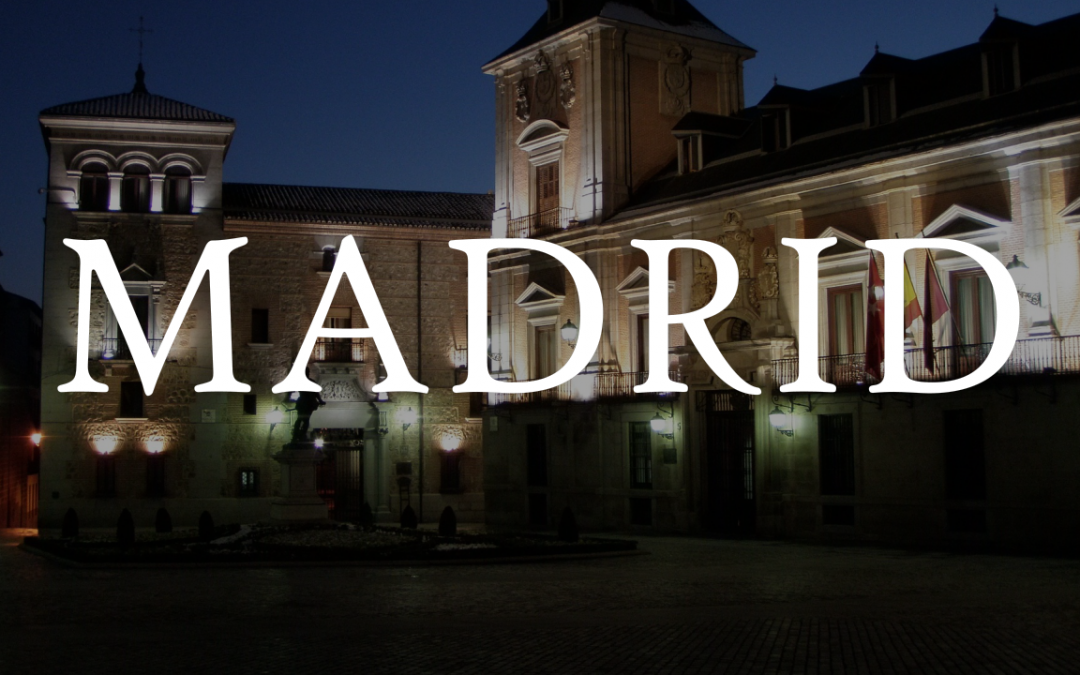In the summer of 2018 I spent one month in Madrid. I was attending a Spanish language school, and as it was only for a few hours each day, I had more than enough time to explore the city. The first thing I noticed about Madrid was her physical beauty. A brief walk through every part of the city I explored seemed to be full of monuments, grand historical buildings, and incredible churches. The architecture alone is stunning but on top of that Madrid is one of the worlds greenest cities, and is surrounded by vast mountains. It’s like an Instagram users paradise; I knew that from the start.
The second thing I noticed was the amount of people who smoke here – honestly I’d expect to see less smoke on the streets of Victorian London. It turns out Madrid is sort of known for the amount of people who smoke here, which is good as it means it wasn’t all in my head. It turns out Madrid is known for a lot of things.
Things to see in Madrid
Having spent a month in Madrid, I got to visit all of her sights of interest. These included multiple triumphal arches. I’m not sure how many there are in the city but I saw at least three. The practice of building arches goes back to ancient Rome. Arches were built to celebrate military victories or achievements that would benefit the empire. The practice died with the empire, until it was revived in Madrid in 1778.
The Puerta de Alcala – the first modern arch of triumph. It was so feared it sparked an international trend, which is why triumphal arches can now be found all over the world, from Paris to Delhi. But it started here in Madrid with this very grand structure.
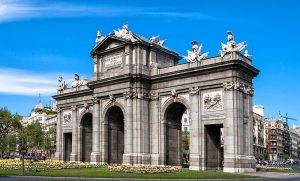
The Temple of Debod – With an even greater history than any arch is the temple of Debod. It’s an ancient Egyptian temple in the middle of Spain. It was built in the second century BC and for thousands of years stood in upper Egypt, slowly being reclaimed by the desert. When Egypt fell under the Roman empire the temple became a favorite of Roman Generals and emperors. But still it was abandoned for centuries.
In 1960 the Egyptian government began constructing a dam on the river Nile. It was a massive project, which would cause flooding that might destroy the temple of Debod. To save it from this terrible fate, Egypt donated the temple to Spain, in gratitude for the Spanish government helping preserve Egyptian temples. It was taken apart, transported to Spain, and rebuilt carefully in Madrid. That is how an ancient Egyptian temple came to stand in the middle of Madrid.
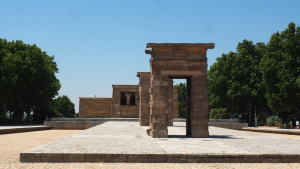
Plaza Mayor – The numerous plazas of Madrid are also worth visiting. Plaza is simply the Spanish term for a town square, yet the Spanish plaza has a unique feel to it, one that you just don’t find in other countries. The Most Grand within Madrid is the Plaza Mayor, built during the reign of Philip the 3rd. It even has a statue of him at it’s center. Stepping into the plaza is like stepping into renaissance Spain. I tried to imagine how many generations of people have felt that way while visiting.
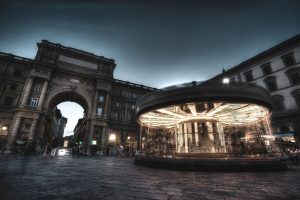
El Rastro – One of the most interesting places I went to was a flea market called El Rastro. It’s held each Sunday and has been for over 400 years. But it’s very different now than it was in those days. Dead animals were so often dragged through the streets to be processed into products that the market had a constant stream of blood running through it. That’s why it was given the name “el Rastro” – literally meaning “the trail”. The story of El Rastro is just one element of Madrid’s surprising and often bloody history.
History
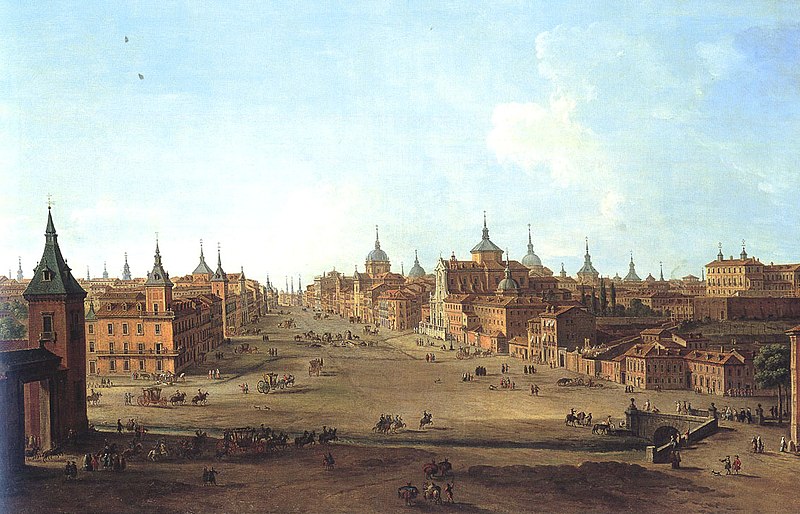
Historical records first mention Madrid in the 9th century. It was founded by north African Muslims, who once ruled most of Spain and Portugal. That’s why the Spanish language is so heavily influenced by Arabic. In fact, 8 percent of the Spanish language is derived from Arabic words. They called their new settlement Al-Majrit – Arabic for “a source of water” – as the area had access to multiple rivers. In coming centuries catholic forces gradually reconquered Spain and Al-Majrit became Madrid.
At this time it was still a small and insignificant place. It’s unclear quite why but for 5 centuries later King Philip II made Madrid the capital of Spain. From that day Madrid became the most prized city for anyone wanting to conquer Spain, from Napoleon to Francisco Franco. Franco was a fascist leader who besieged the city during the 1930s. It all began when the king of Spain declared war on Morocco. The war went so badly he ended up abdicating, even leaving Spain. With their king suddenly missing, Spain became a republic.
It seemed to be going well. But in several failed coups and revolutions later, Franco launched a military coup of his own. But the coup failed, with only some areas of Spain under the control of his nationalist forces. This was the start of a brutal civil war between fascists and communists. Madrid was under communist control – supported by the Soviet Union, they were confident Madrid would not fall. They hung banners above streets reading “no pasaran” – meaning they shall not pass.
But the nationalists were supported by Nazi Germany. Hitler sent the German Condor legion to bomb the hell out of Madrid. With overwhelming Nazi bombardment, Madrid fell to the nationalists in 1939. From that moment France’s victory was inevitable. He ruled Spain as a dictatorship until 1975. But you wont find any monuments to him in Madrid, apart from the Arco de la Victoria, another arch of triumph. It was built in the 1950s to commemorate his capture of the city. As it is so large and grand, the government couldn’t bring themselves to tear it down. But it’s not exactly well cared for these days.
Madrid Now
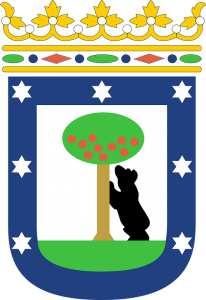
Madrid today us the 4th richest city in Europe. I found that surprising considering how people talk about the Spanish economy. I was also surprised to learn that no one knows the origin of Madrid’s weird coat of arms.
It’s thought the people of Madrid used the bear to represent them since before the city was documented. And on the coat of arms the bear is reaching for fruit. But that’s exactly what I’d do if I was a bear. Everyone loves fruit, even bear people.
This is my first guide to a city I have traveled to. Feel free to watch the video version on my YouTube channel, which is also called Travel Storm. As I write this guide I am on the train to Salamanca, another Spanish city rich in history. With unspoiled sloping hills and carefully tended wine fields passing by, it’s easy to see how Spain was once the bread basket of Rome And I can only imagine what beauty awaits in Salamanca.

